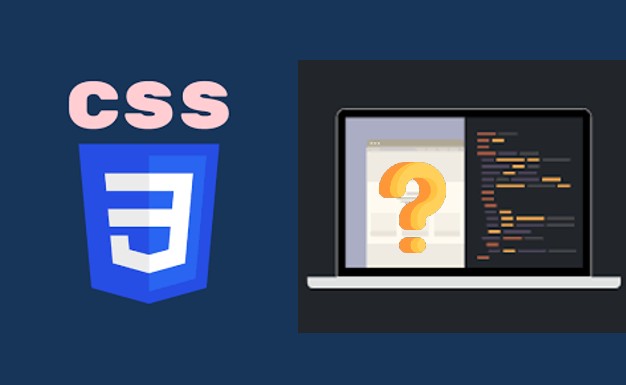
Mastering CSS: Top 10 CSS Interview Questions
1. What is CSS and what is it used for?
CSS, or Cascading Style Sheets, is a language used to describe the presentation of a web page. It allows you to control the appearance of elements on a page, such as the font, color, size, and layout.
2. Explain the difference between inline, internal, and external CSS.
- Inline CSS: Inline CSS is the most specific type of CSS. It is applied to individual elements on a page using the
styleattribute. - Internal CSS: Internal CSS is applied to all elements on a page that are contained within the
<head>section of the HTML document. - External CSS: External CSS is applied to all elements on all pages that link to the CSS file.
3. What is the CSS box model?
The CSS box model is a way of understanding how elements on a web page are laid out. It consists of four parts: the content box, padding box, margin box, and border box.
4. How can you clear CSS floats?
There are two ways to clear CSS floats:
- Using the
clearproperty: Theclearproperty can be used to specify which sides of an element should be cleared of floats. - Using a clearfix: A clearfix is a CSS hack that can be used to clear floats on any element.
5. Describe the concept of specificity in CSS.
Specificity is a way of determining which CSS rule should take precedence when multiple rules apply to the same element. It is calculated based on the type of selector used, the number of selectors used, and the order of the selectors.
6. What is the difference between display: block;, display: inline;, and display: inline-block; ?
display: block;displays an element as a block-level element. Block-level elements take up an entire line and force other elements to wrap around them.display: inline;displays an element as an inline element. Inline elements do not take up an entire line and other elements can flow around them.display: inline-block;displays an element as an inline-block element. Inline-block elements behave like inline elements, but they can have a height and width.
7. What are CSS pseudo-classes and pseudo-elements?
CSS pseudo-classes and pseudo-elements allow you to apply styles to elements based on their state or relationship to other elements. For example, the :hover pseudo-class can be used to apply styles to an element when the user hovers over it.
8. How can you create a responsive design using CSS?
Responsive design is a way of creating websites that look good on all devices, regardless of screen size. To create a responsive design using CSS, you can use media queries. Media queries allow you to apply different styles to elements based on the size of the screen.
9. What is a CSS preprocessor and what are the benefits of using one?
A CSS preprocessor is a tool that allows you to write CSS code in a more concise and powerful way. CSS preprocessors can also be used to add features to CSS that are not available by default, such as variables, mixins, and functions.
10. What are some of the best CSS frameworks and libraries?
Some of the most popular CSS frameworks and libraries include:
- Bootstrap
- Foundation
- Tailwind CSS
- Bulma
- Materialize CSS
These frameworks and libraries can provide you with a pre-built collection of CSS components and utilities that can save you a lot of time and effort when developing websites.
Recent Posts
- Basic to Advanced JavaScript & React.js Syllabus
- Gemini Google AI: Your Powerful Multimodal AI Assistant
- Turbocharge Your Downloads: Enabling Parallel Downloading in Chrome
- Cracking the Code: Mastering JavaScript Interview Questions - Top 50 Q&A for Web Developers
- Demystifying MEAN Stack: A Comprehensive Guide to MongoDB, Express.js, Angular, and Node.js